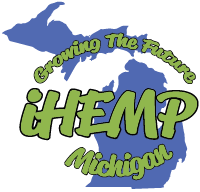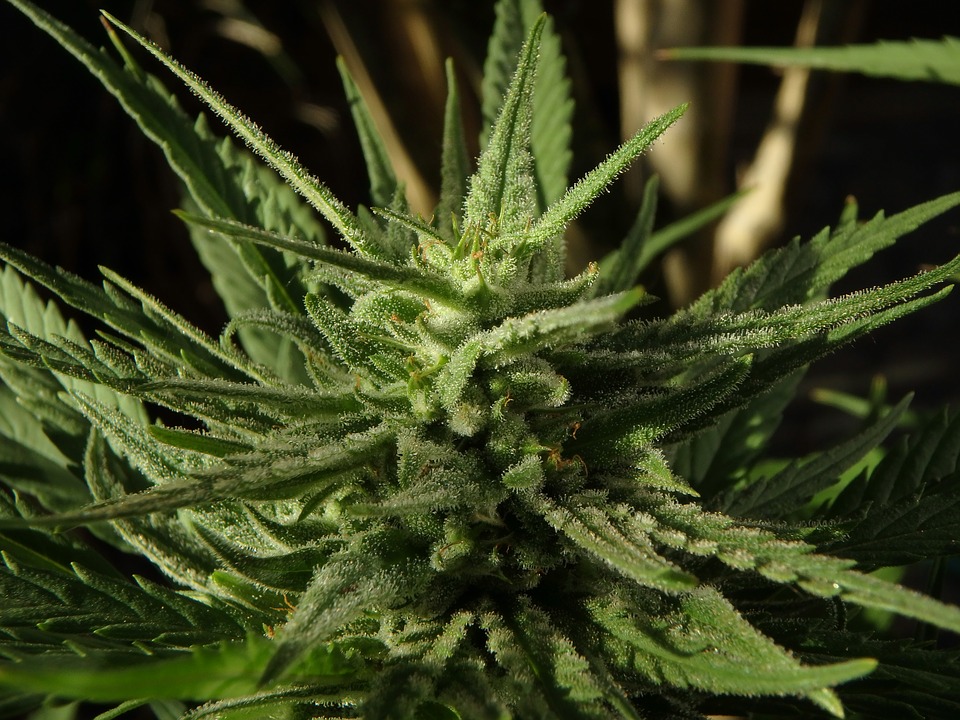Where the Magic Happens
The flower or bud of the Cannabis plant is what contains the THC. In Industrial Hemp, the THC level is extremely low, but the Cannabidiol (CBD) is found on the flower and to a lesser amount the seeds and stalk. CBD oil is credited with many health benefits and research continues.
Some benefits of CBD:
- Lowers anxiety
- Reduces inflammation
- Enhances bone health
- Protects the brain from injury and disease
- Reduces blood pressure
- Relieves pain
- Makes you smarter
- Enhances sleep
Great list of benefits, right?
So, what are the side effects? You know the drug commercials that help with an ailment and then offer a long list of potential side effects? Well, good news.
A recent review from the World Health Organization said that naturally occurring CBD is safe and well tolerated in humans and animals, has
U.S. sales of CBD grew by 40% in 2017 to over $367,000,000. Demand is only growing and farmers are needed to meet that demand per New Frontier Data’s 2018 CBD report.
In the U.S. Industrial Hemp is classified as Cannabis with a THC content of less than 0.3%.
The burgeoning CBD industry is being led by a wide variety of artisian producers. The ability for small local producers to offer oils, salves, lotions and more is important.
With the rapid approval by the FDA for Epidiolex (cannabidiol, CBD) to GW Research Ltd. the interest in CBD is peaked.
As discussed in the video below, oversite and testing would provide the most consistent and trustworthy products.

